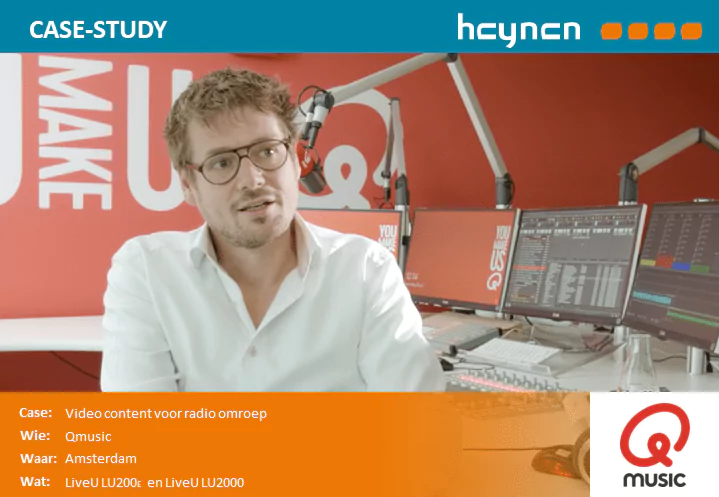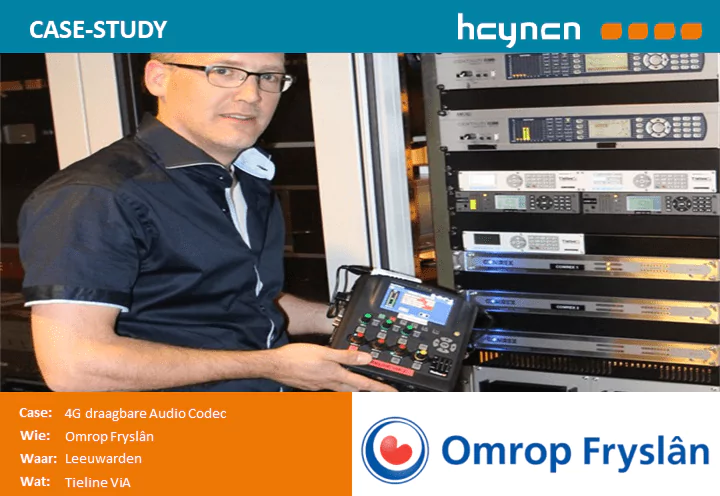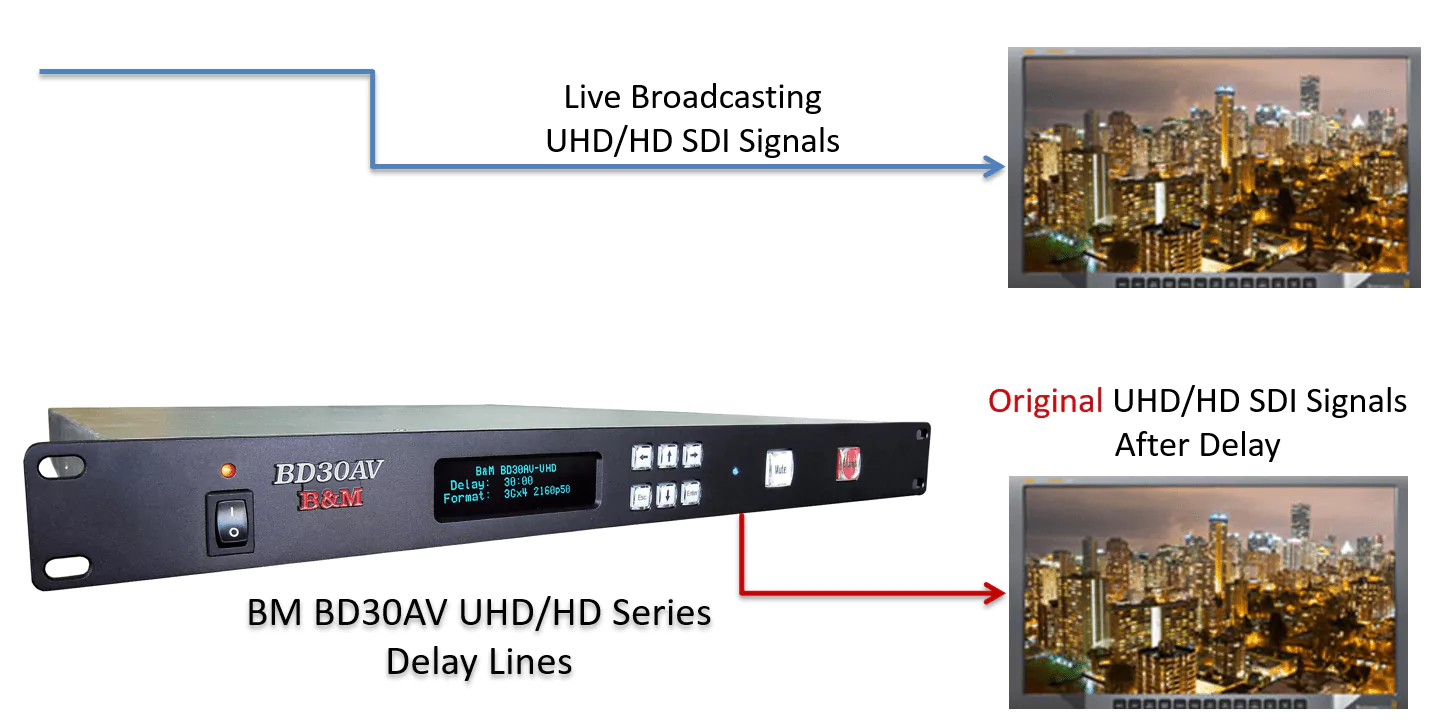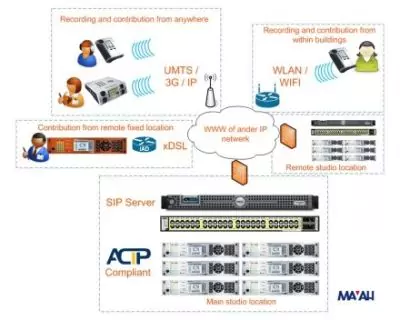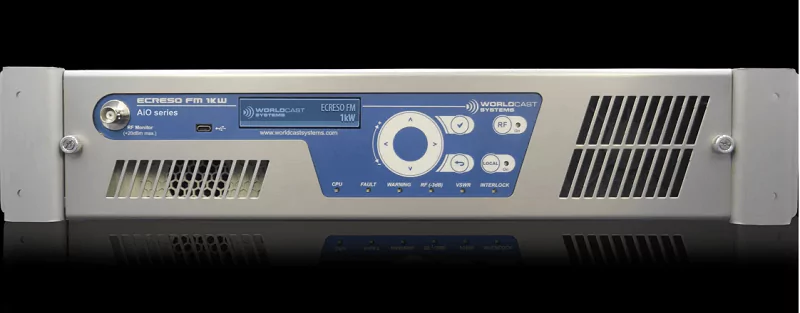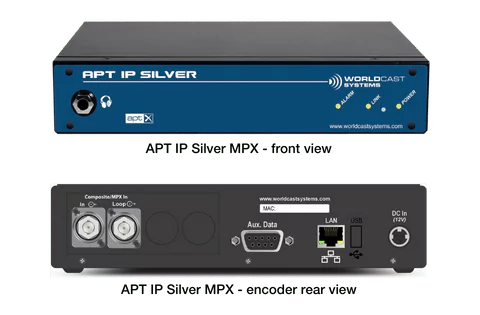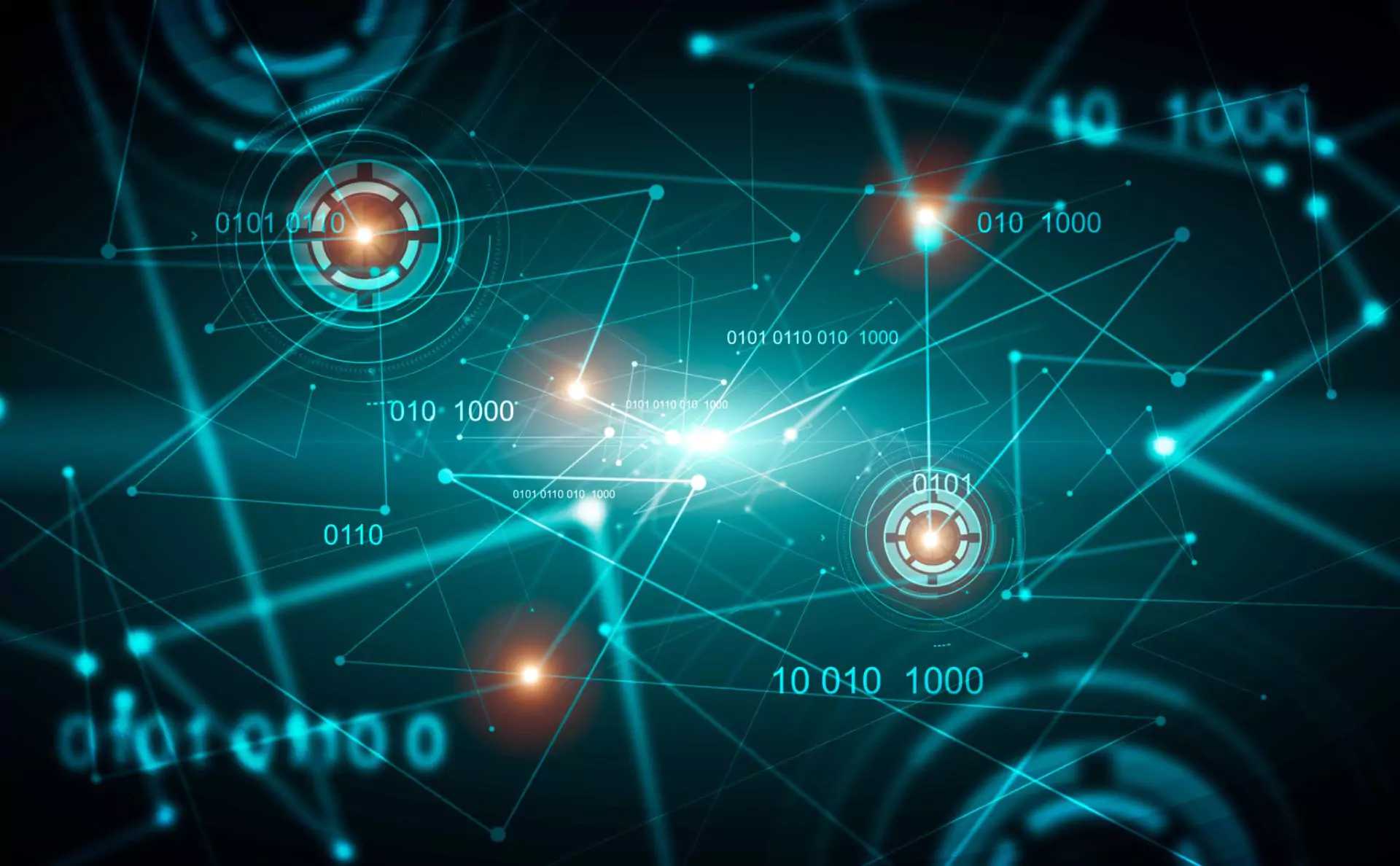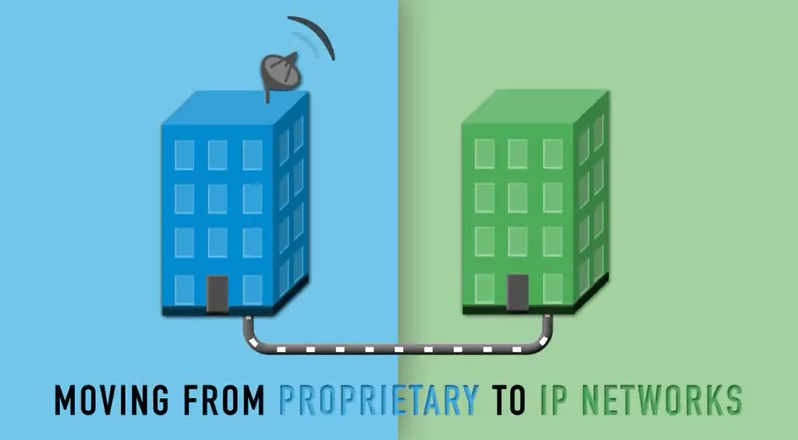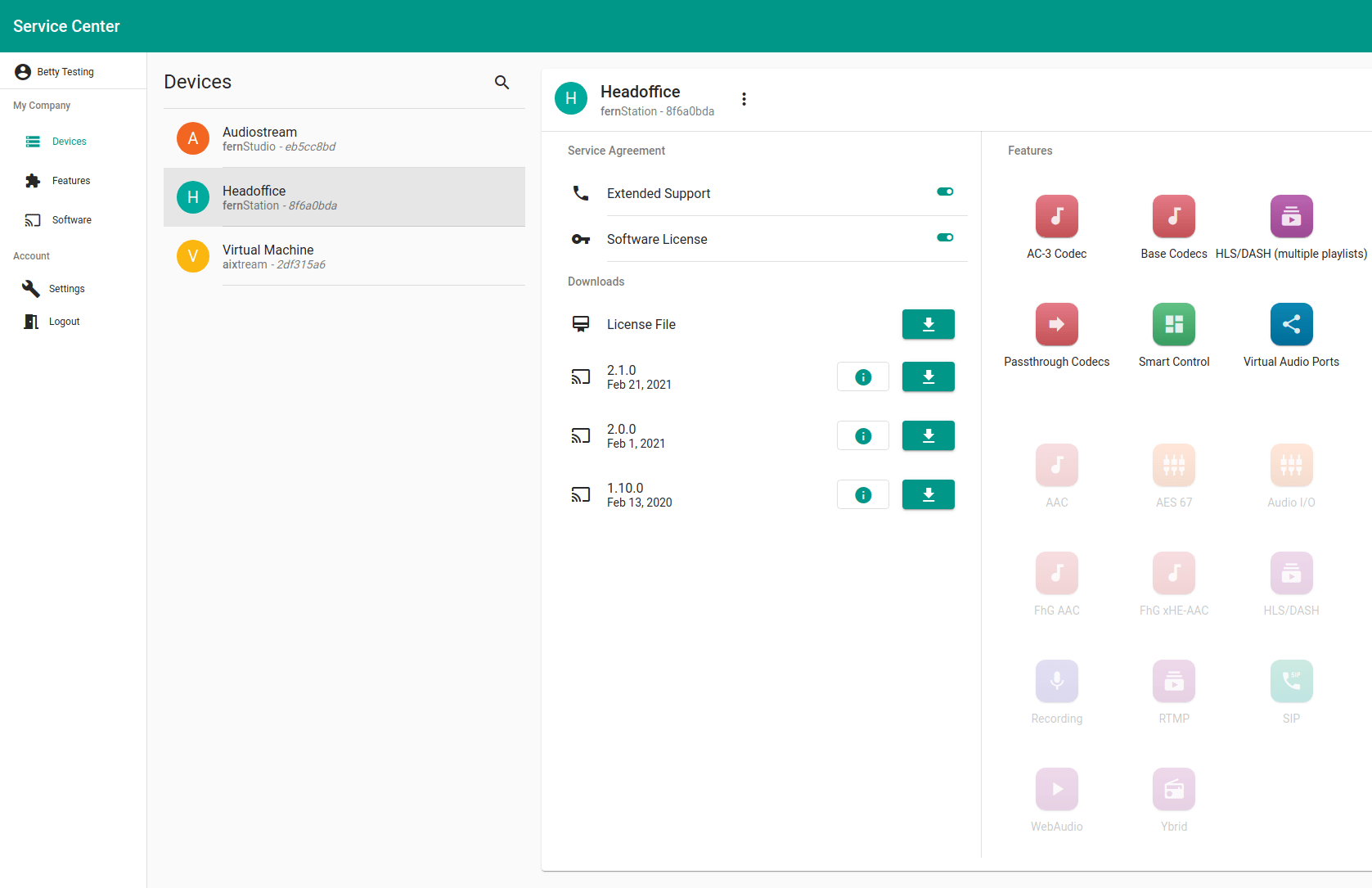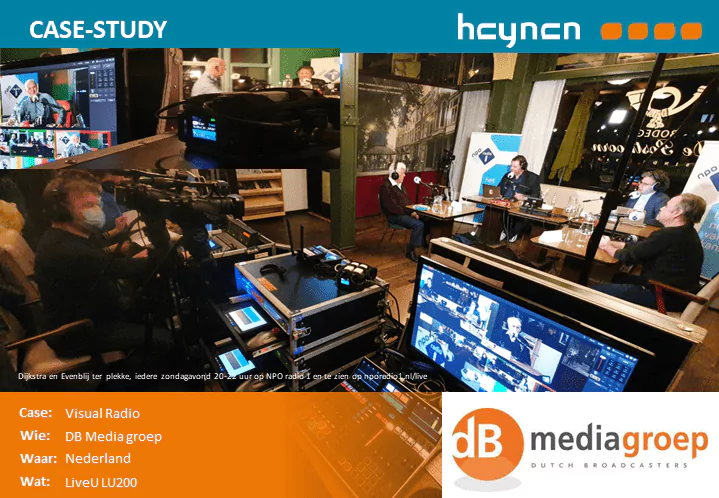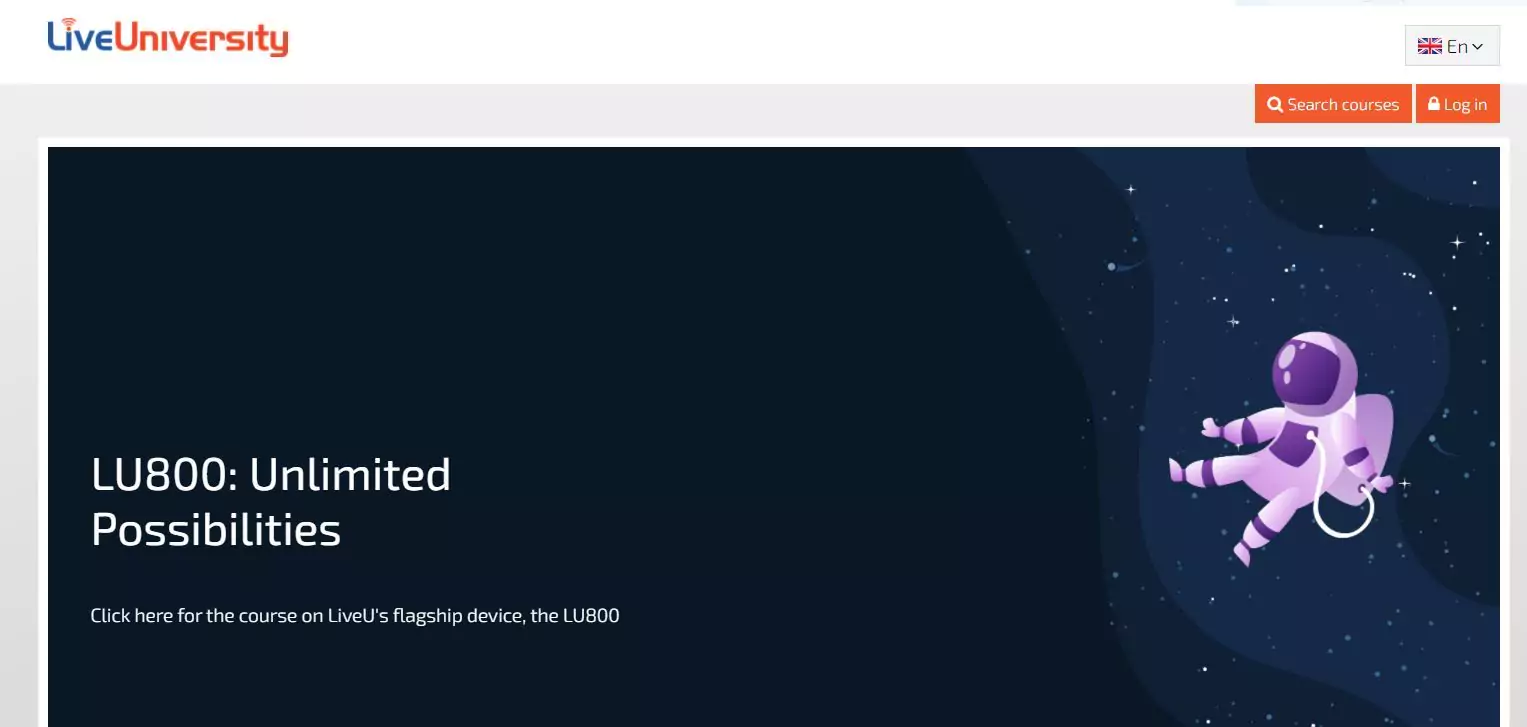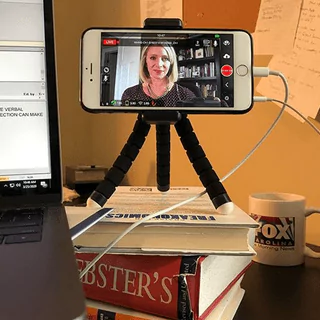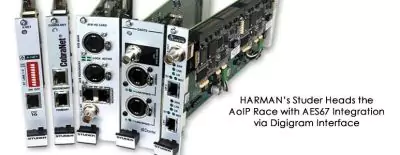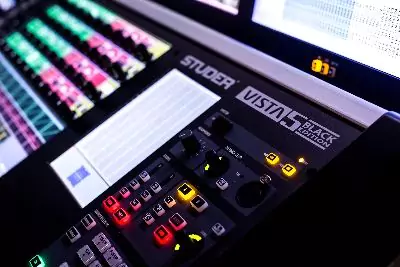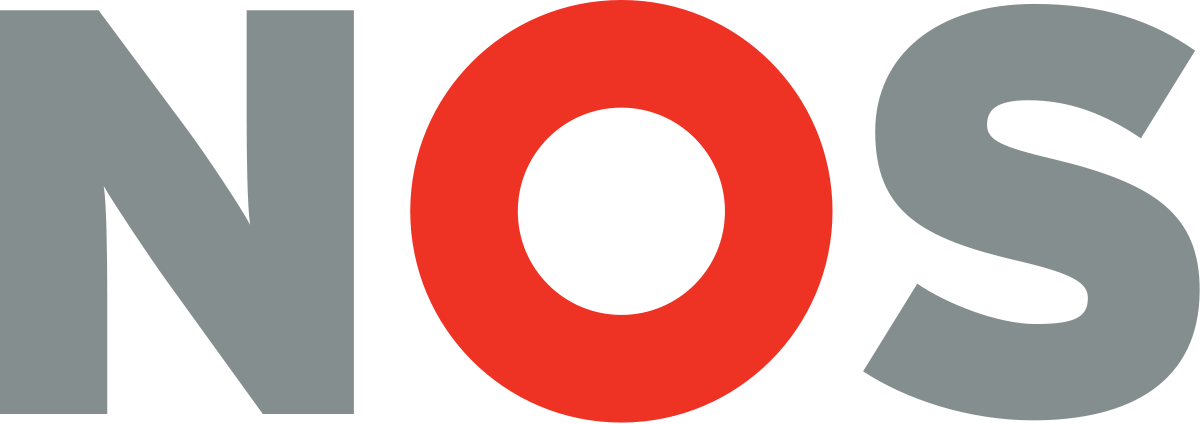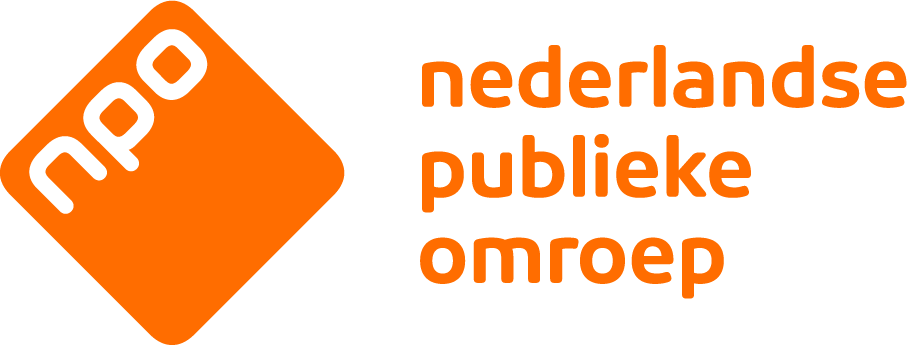Intelligent display systems IDS

IDS was originally conceived as an alternative solution to the cumbersome, and expensive clocks and tally units that were often custom built into broadcast studios and live environments. We realized there was an opportunity for a flexible, network-based solution, capable of delivering that same information and much, much more using off-the-shelf display devices connected and managed via IP.
Since then, IDS had evolved into a sophisticated, modular display and control system that can be tailored to fit any installation. Today's IDS gives users a powerful toolbox to create bespoke network systems using their own custom-designed information that can be used for display and control purposes, enabling them to carry out a range of broadcast critical operations.
Typical applications include displaying NTP synchronised clocks, broadcast status, station alerts, branded and mixed media content, serial and IP interfacing with control and automation devices, GPIO expansion, tally interfacing, dynamic noise level monitoring, control of remote IR devices, DMX lighting and production timers. All of this and more over Ethernet.
Value for money and technology meets operational
One of the key strengths of IDS is that it is an extendable platform and as such provides the perfect building block for any system. It integrates with all essential broadcast equipment and interfaces with third party control, automation and playout systems. This is important as it means specifiers can be sure that what they are buying is future proof and adaptable, so they can continue to choose equipment based on suitability and functionality without the headache caused by compatibility.
IDS Architecture
Comprised of dedicated software and hardware devices that use a standard TCP/IP backbone, IDS can be scaled to suit any installation. At the heart of any system is IDS Core, our configuration software which is usually installed on server but is also available as a software solution. There are three main components to this software: screen designer, logic builder and connected devices. IDS Screen Designer is where all the visual information for every display is designed. It has an intuitive palette with a wide range of design elements including video feeds, web pages and countdown timers letting users easily create their own displays, adding the functionality required to suit the specific environment of each display or touchscreen device. IDS Logic Builder takes the screen designs and lets users map their virtual input and output connections to the physical ports on IDS hardware. These usually include display elements such as clocks, video and RSS and system feeds such as, scheduling, web cams and GPIO. There are many built-in logic functions, signal manipulation elements and I/O controls providing endless possibilities for logic maps to ‘drive’ the displays. IDS Connected Devices is the central point for managing all the IDS devices and plug-ins on the network. From here users can manage device settings such as IP information and NTP settings, upgrade software and monitor unit status. This is also where logic maps are assigned to the processors controlling the display devices and where the interfacing with third party devices is managed. The beauty of IDS is that through IDS Core you get a simple but sophisticated management system that provides easy access to configuration and workflow changes. Attached to your IDS network are a variety of IDS hardware devices. The IDS SQ3 is a 1RU expansion unit with 32 opto-isolated inputs and 32 isolated relay outputs, dual redundant hot-plug PSUs, Ethernet and LTC/Alarm connections. It provides a resilient link between IDS and the outside world. IDS R3 is a compact display processor, capable of delivering HD 720P video. Attached to any HDMI display device it requires very little power and can be locked to NTP to deliver time-critical content. With its silent, passive cooling, it is perfect for driving displays in noise-sensitive environments. The IDS TS3 is a desktop touchscreen unit that provides a handy user interface to control remote equipment and distribute media content over the IDS network. Like the R3, it has a powerful built-in processor and can display broadcast critical information, station alerts, video thumbnails and controls. IDS Lamp is an elegant, six-colour LED system, available as a single or dual element free-standing desktop or a dual element wall-mounted unit. Both units support DHCP and have been designed to indicate broadcast status and other warnings. There are currently six IDS Accessories which add specific functions to the system including dynamic noise level monitoring, infra-red device control, network time synchronisation, dual time code channel display, GPIO expansion and DMX lighting control. IDS Content Manager is a versatile, web-based portal, designed to provide non-technical users with a simple way of managing and distributing multi-media content, messages, numeric data and URLs to display devices situated anywhere over the IDS network.
Applications
At its core, IDS provides four key functions: Clocks and timing – Perhaps the most important function in broadcast environments, IDS synchronises all the devices on your network using NTP/LTC. Clocks, multi-time zones, up/down timers, offset time recording and all your tally interfaces can be managed in one central location. Control and automation – IDS integrates with essential broadcast equipment, interfaces with third-party control, automation and playout systems, controls cameras, DMX lighting, mixers and many other common devices. Create and configure pre-set controls for multi-use facilities including dynamic control of any displayed content, branding in live environments and lighting. Customer defined integration and centralised distribution add even more flexibility. Information display – IDS delivers dynamic information based on your own screen designs to any connected display device. Information can include clocks, cue lamps, scrolling text, control interfaces, video streams, URLs, RSS feeds, signage and branded media. Content management – From live video streaming and media playback to messaging, RSS feeds and social media integration, IDS lets users manage and distribute an increasingly varied range of information. IDS can be as simple or as complex as the user requires, ranging from a sever running the software with a single SQ3 for NTP and GPIO and an R3 connected to a display to a system with multiple servers, SQ3s, R3s, IDS Accessories and Lamps, all connected to an Ethernet backbone. Whatever the requirements, IDS provides a flexible, resilient and cost-effective solution.
Main Advantages
- Value for money
- Maintanance friendly
- Customized and easily scaled
- System independent
- Integrates with all essential broadcast equipment
- Easy to intergrate
















